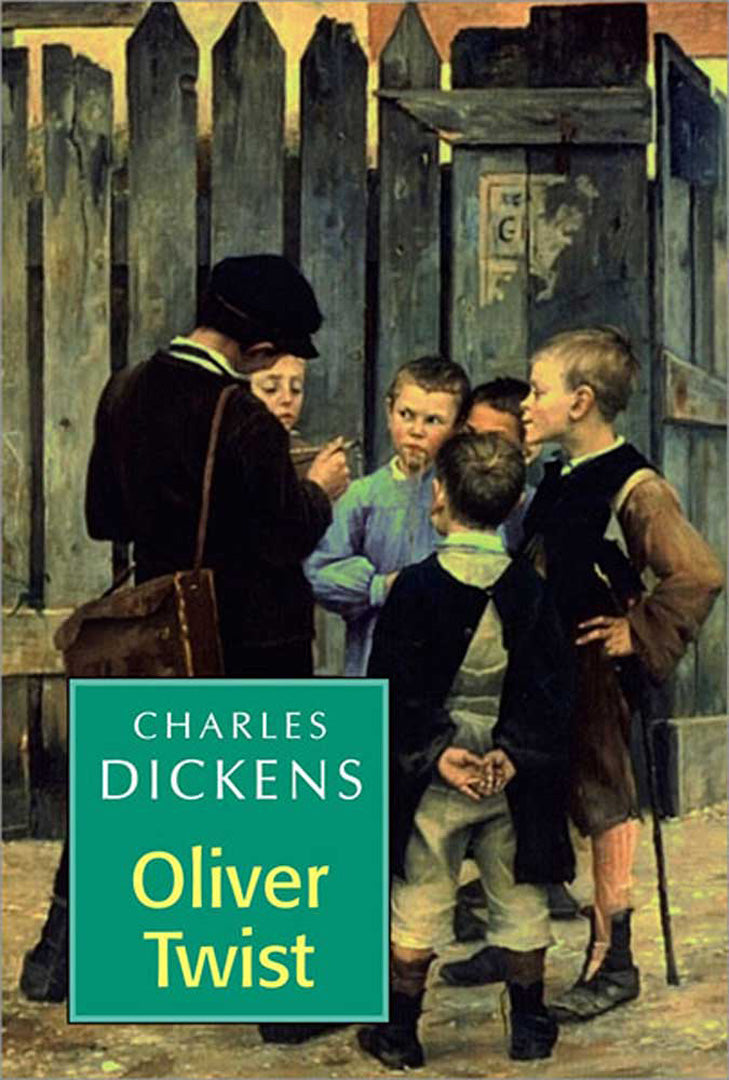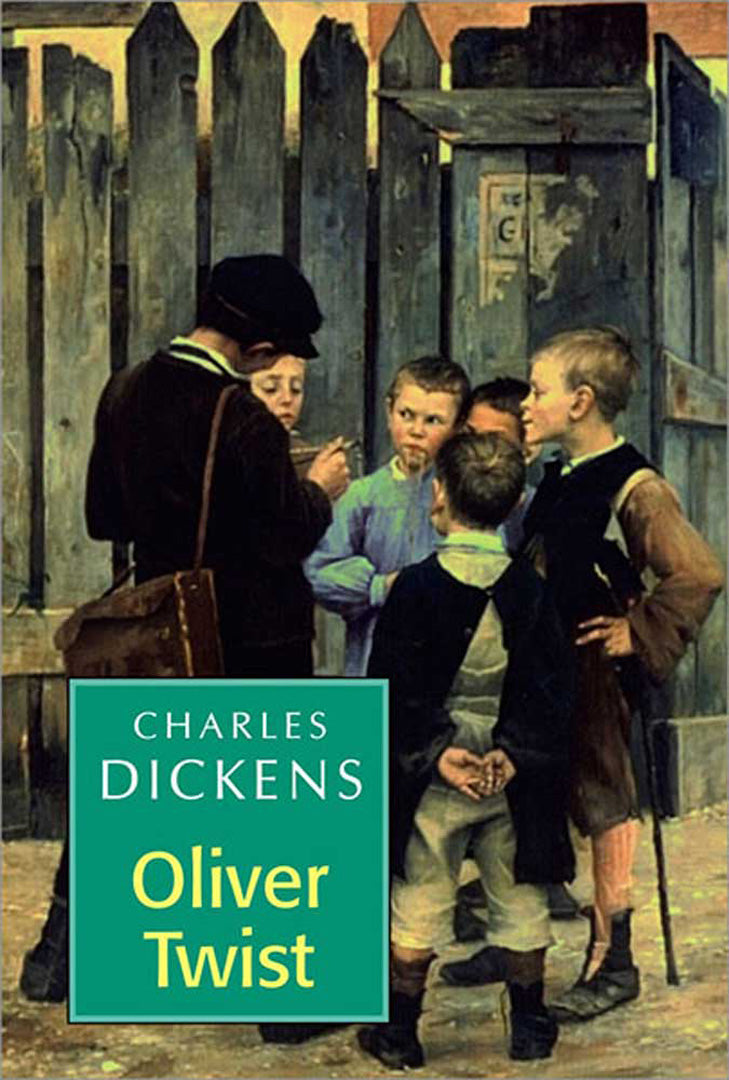Oliver Twist
Oliver Twist
Charles Dickens
Couldn't load pickup availability
Share

More Information
- ISBN13:
- Publisher: Atlantic Publishers & Distributors (P) Ltd
- Publisher Imprint: Peacock Books
- Publication Date:
- Pages: 472
- Binding:
- Item Weight:
- Original Price:
About The Book
Oliver Twist, Dickens's critique of the harsh Poor Law of 1834, and a grim picture of the sordid reality the London underworld of Dickens's times, shows Dickens's deep concern for the underprivileged.
The only token of identity left by his dying mother to Oliver Twist – born in the workhouse, and orphaned at birth – is stolen. Spending his early childhood in neglect and near starvation Oliver joins the workhouse at nine, and has early taste of humiliation, injustice, torture, and hunger, as he switches jobs and places from undertaker's boy to trainee pickpocket until he finds shelter, as a wounded child burglar, with Mrs Maylie and her protegee, Rose, by whom he is kindly treated and brought up. But can he escape Fagin, the brutal gang leader of a gang of thieves? Can he discover his parentage? When and how shall the long spell of Oliver's hardship and unhappiness come to an end?
About The Author
Charles Dickens (1812-70) was born at Portsmouth on 7 February 1812, the second of eight children. His father, who was a government clerk, was imprisoned for debt and Dickens was sent to work at the age of twelve. His experiences of this period haunted him until the end of his life and inspired much of his fiction, notably the early chapters of David Copperfield. Mastering shorthand, he became reporter of debates in the commons for the Morning Chronicle. He started publishing sketches in various periodicals, which were subsequently republished as Sketches of Boz, Illustrative of Every-Day Life and Every-Day People (1836-37). The Pickwic Papers were published in 1836-37. After a slow start, he earned immense popularity and embarked on a promising future. One of the secrets of his success was the method of cheap serial publication which he used for all his novels. In April 1836, Dickens married the pretty Catherine. On Christmas Day 1836 he met John Forester, who became his close friend and biographer. He published Oliver Twist (1837-38) followed by Nicholas Nickleby (1838-39), The Old Curiosity Shop (1840-41) and Barnaby Rudge (1841). In 1842 Dickens and his wife visited America but, in spite of triumphant reception, he returned disillusioned. His American Notes (1842) and Martin Chuzzlewit (1843-44) caused much offence in America. In America he advocated international copyright and the abolition of slavery. His series of Christmas books earned him immense popularity. The first, A Christmas Carol, appeared in 1843. Dombey and Son (1844-46) and David Copperfield (1849-50) were more serious in theme and more carefully planned than his early novels. In Dickens’s later work, his social criticism became more radical and his comedy more savage. He published Bleak House in 1853 which was followed by Hard Times (1854), Little Dorrit (1857), A Tale of Two Cities (1859), Great Expectations (1860-61) and Our Mutual Friend (1864-65). His admiration for the young actress Ellen Ternan further strained his marriage deteriorating over years and led to his separation from Catherine in 1858. Dickens died on 9 June 1870 and his last novel, The Mystery of Edwin Drood, remained incomplete.

